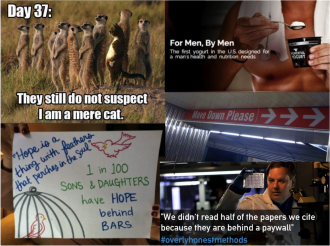 Proofreading
Proofreading
Typos lurk, mock, elude, persist. This Friday, I offer some quick(ish) tips for effective proofreading*:
- Remember: proofing is a final step. This is not the time to edit, reorganize, or create new subsections. We’re past that.
- Do not proofread your own work if at all possible. You can no longer spot errors when you already know the text. Find a buddy and exchange proofing for proofing (or pies, pen-lathing, vacuuming, etc.). If you’re an academic, try to find a non-academic proofer-friend.
- Your proofer should read your piece quickly, as though it’s in a magazine. You don’t want this to be analyzed (see: #1, this is not editing). As with editing, most mistakes will jump out if the reader has to pause in the flow of reading.
- If it absolutely has to be as perfect as you can make it (say, in a cover letter for a job application, book proposal, or grant application), your proofer will need to take a second pass, and this one’s the kicker. You should probably paint their house. They need to read it backwards. Yes, it sounds insane, but it works. This perspective allows a focus on just the words (that is, you can’t skim), and it’s nearly guaranteed new errors will be uncovered. When you have time to waste, try it on the last recommendation letter you asked for or wrote.
Now, on to the Roundup! Please add your proofing tips in the comments. I always need mre. More. Ugh. more...
